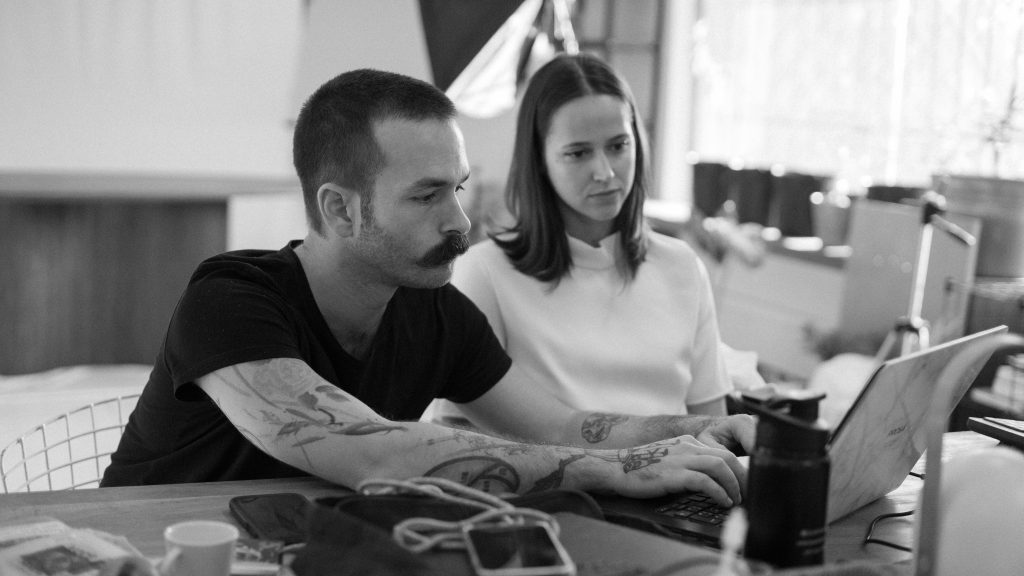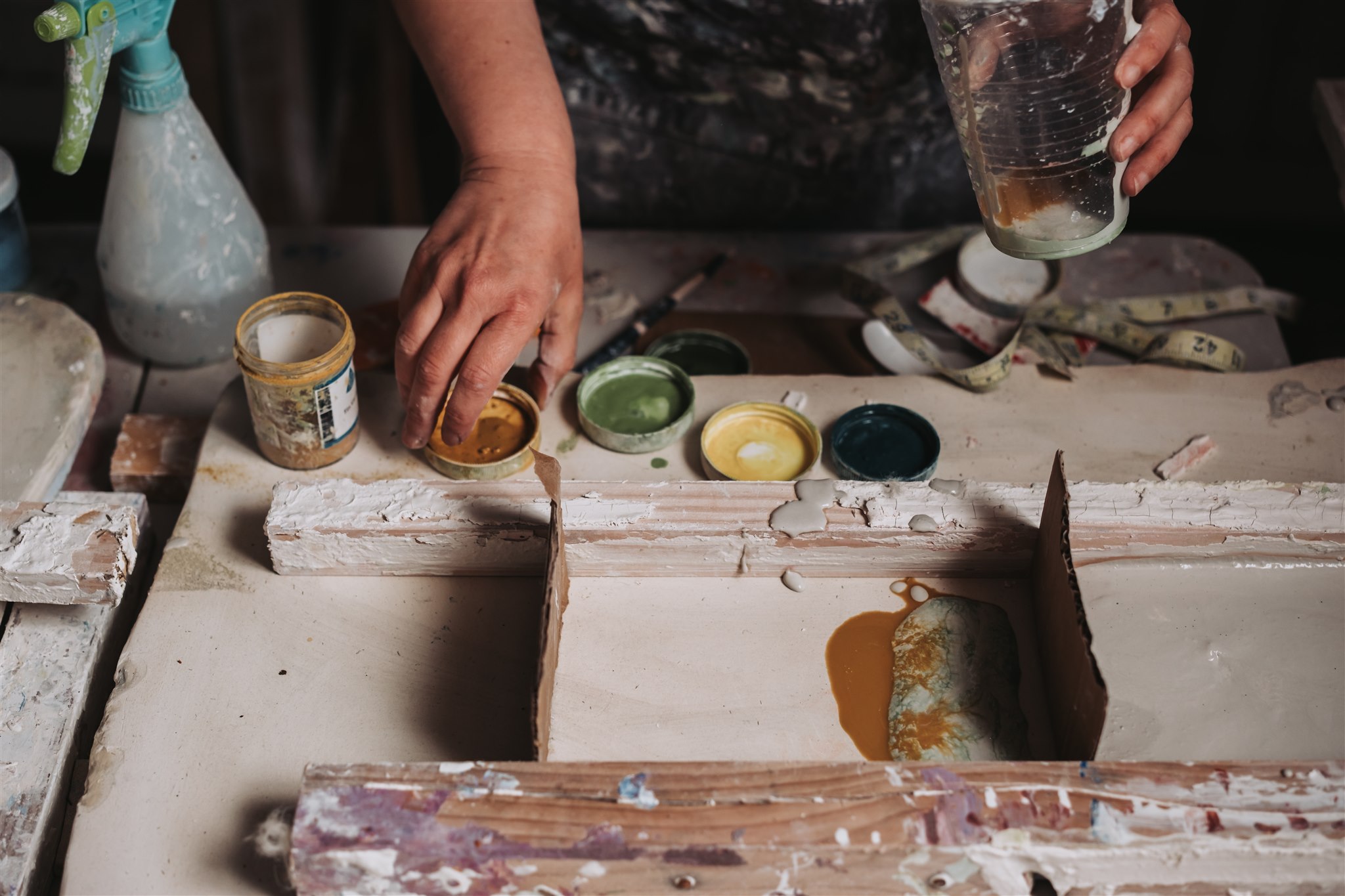
10 TALENTS: Designer-Makers Driven by Creation
Textile designer Luiza Caldari’s succinct affirmation gets right to the core of this month’s 10 TALENTS campaign: “I am driven by the act of creation; I simply cannot stop.” At first glance, this might seem self-evident—after all, creation is central to design. But her words prompt a deeper reflection on the process of making, a stage too often overshadowed by the final product. In a world that tends to celebrate the end result alone, the 10 Designer-Makers featured in this campaign remind us that their work is as much about the physical act of creation as it is about the mental conception and the finished object itself.
These 10 TALENTS refuse to let the act of making recede into the background. They nurture it as a core element of their artistic expression, ensuring that each piece is imbued with personal narrative and intention. As we spotlight these solo artists and studios who not only design but immerse themselves fully in the process of creation, it becomes clear that the future of design may be turning back toward the hands of the maker. While mass production and the rapid turnover of trends often dominate design, designer-makers like Jonathan Bocca envision a return to craftsmanship, believing that “the designer will become the true added value, focusing on execution and attention to detail, rather than just being an industrial draftsman”.
We invite you to meet this group of designer-makers who view the act of making as inseparable from their design. For them, craftsmanship is not an afterthought but the core of their process, where each step, material choice, technique – carries weight. They remind us that design isn’t just about what we see, but how it’s made—and the deep connection between creator, process, and final form.
Sarah Tracton – Melbourne, Australia








Sarah Tracton, a ceramicist trained at the National Art School in Sydney, creates luminous porcelain lighting that bridges fine art with functional design, embracing a ‘Slow Clay‘ ethos of small-batch, sustainable production. Each piece is carefully handcrafted, with porcelain sheets poured, sanded, and fired by hand—no machines involved. Collaborating with scientist Ian Watkins, Sarah pairs the porcelain’s natural translucency with LED technology, manually fitting each piece onto custom frameworks. Cracks in the porcelain are repaired using the Kintsugi technique, turning imperfections into golden accents. This dedication to craftsmanship offers a thoughtful, sustainable alternative to mass-produced designs.
“Porcelain is a challenging material to handcraft because it is so prone to fracture, due to thermal expansion and contraction when fired at high temperatures. Instead of throwing the cracked porcelain away, I repair by transforming what was a piece of trash into a functional light. The golden scars and cracks of the broken ceramic elevate the porcelain into an exquisitely unique and ethereal outcome, staving off wastage by transforming broken material into a multifaceted functional work of art.”
– Sarah Tracton
Paul Coenen – Eindhoven, Netherlands






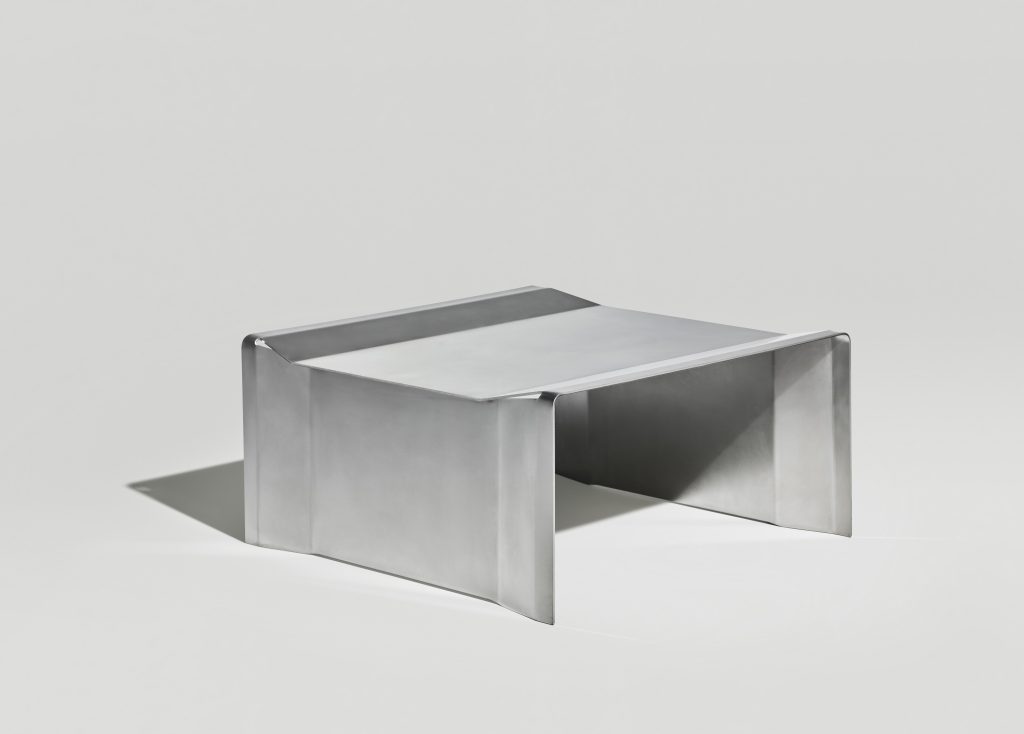

Paul Coenen’s approach to design is a balance between industrial precision and hands-on craftsmanship. Working primarily with stainless steel and aluminum, Paul utilizes industrial tools like laser cutters and brake presses but takes a personal, tactile role in the process by manually folding and bending the metal using custom molds and unconventional methods. His designs begin as paper models, where the bending and folding of paper mimic the eventual manipulation of metal, allowing for a hands-on exploration of form. This process of discovery is key to his practice, as each material and technique responds uniquely to being shaped, guiding the final design.
Paul is committed to sustainability and longevity, producing pieces that can be recycled and have a long lifespan, with surfaces intentionally finished to bear minimal visible wear. By embracing the interplay between the maker and machine, Paul creates designs that showcase the inherent qualities of both, minimizing waste and ensuring that each product is a result of thoughtful, intentional craftsmanship.
“Each material and technique responds in its own way when manipulated and shaped. By listening to and exploring materials in this way, the material guides me in how it wants to be shaped. As a result, every object and detail is a logical step and response to what I have learned through my exploration: the final form is a consequence of the material and technique.”
– Paul Coenen
Marco Calhau – Zaragoza, Spain




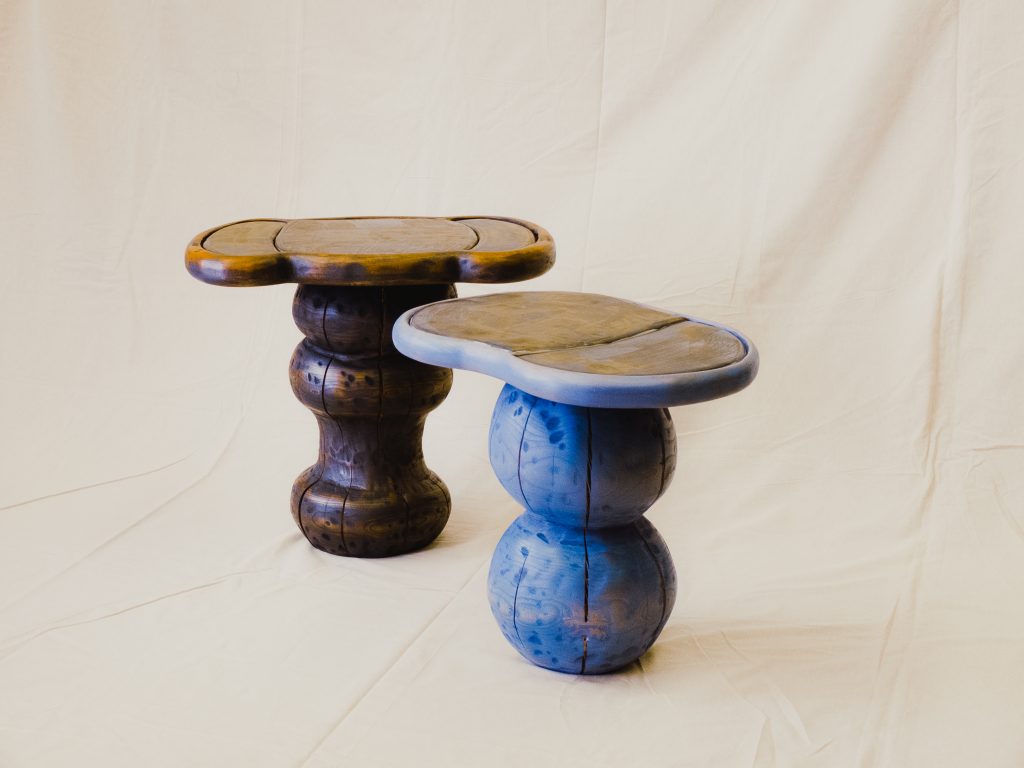



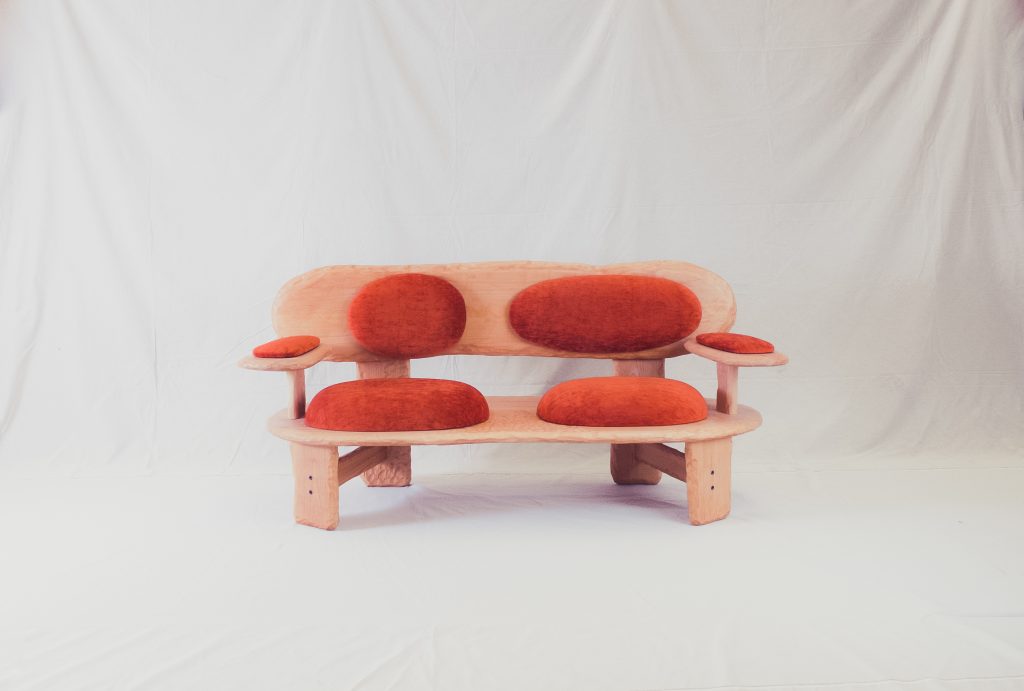

Marco Calhau anchors his design philosophy in observations of everyday life, transforming the mundane into something new and evocative. A strong advocate for hands-on craftsmanship, Marco holds a particular affinity for timber wood due to its versatility and potential for personal expression. He not only designs but actively shapes and textures each piece through hand carving, ensuring his touch remains visible in the finished product. His dedication to artisanal methods extends beyond wood into ceramics, where he experiments with hand-mixed glazes and texturing techniques. Drawing inspiration from the craftsmanship of movements like Bauhaus, Art Deco, and Art Nouveau, Marco creates designs that blend aesthetic beauty with practical use.
“At the studio we always take care for the materials we source with our projects, if the timber needed is in extinction danger we like to drive the client to better solutions. The clays we use for our ceramics projects are from suppliers that manufacture in Spain, where we are based. Also, through the production process, we like to work locally with the companies we have in the same industrial park we are located.”
– Marco Calhau
Vale Ro – Barcelona, Spain


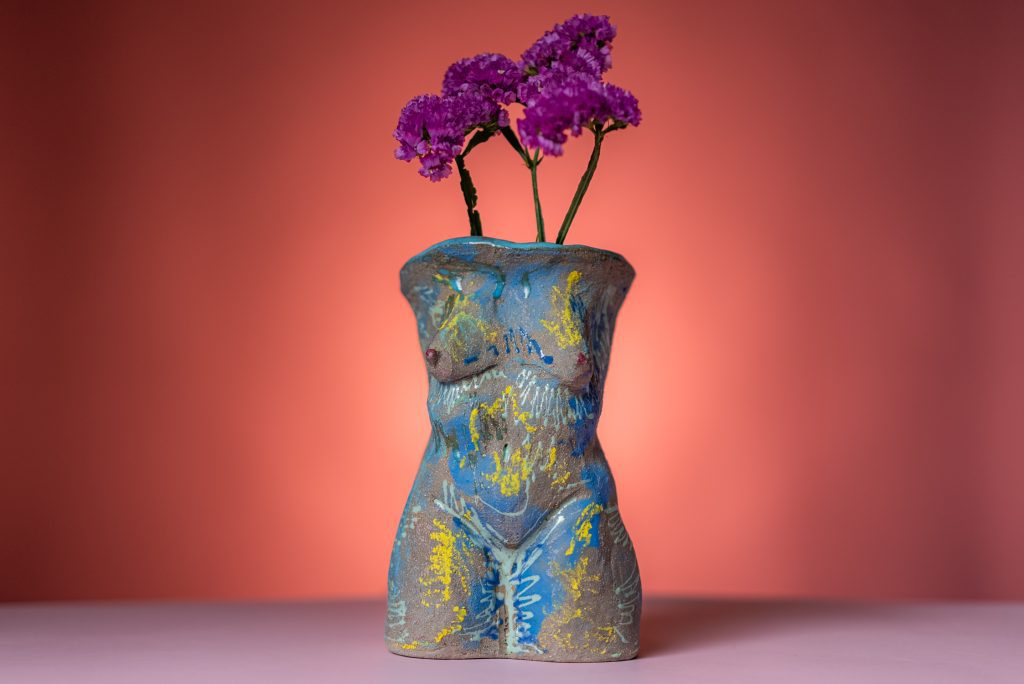



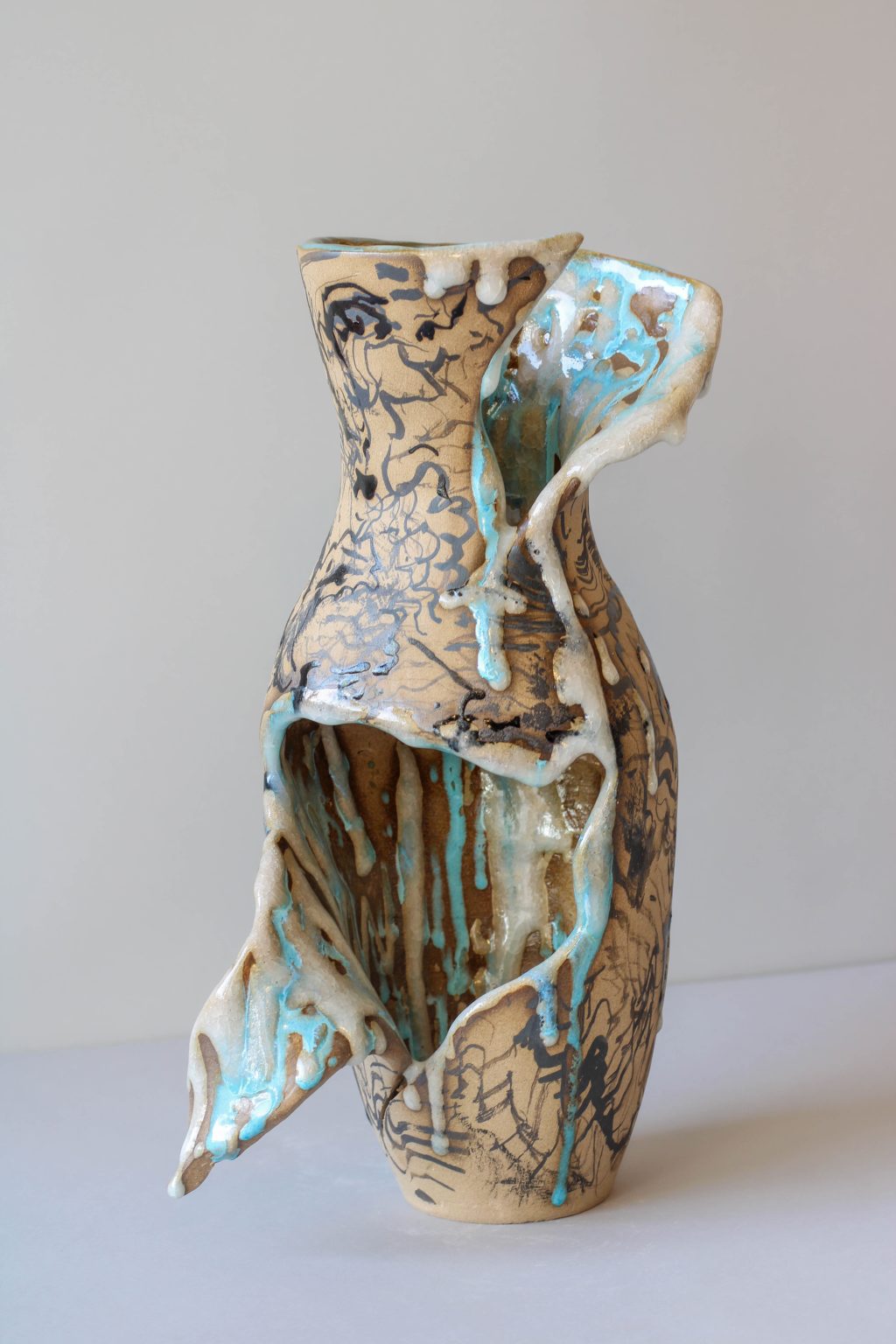

Vale Ro’s work is a celebration of the intricate interconnections found in nature, transformed into organic forms through her unique hand-building techniques. Utilizing stoneware, oxides, and glazes, she creates pieces that reflect themes of rupture, transformation, and rebirth, inviting viewers to explore the deeper stories embedded within each object. Her process emphasizes intuition and experimentation, allowing her to adapt traditional ceramic methods learned in Peru with innovative practices and sustainable materials. By prioritizing recycling and responsible sourcing, Vale not only pushes the boundaries of ceramic art but also ensures that her creations carry a meaningful narrative, bridging the tangible and intangible in a dialogue about our shared existence.
“Through my art, I aim to create a dialogue that invites others to reflect on the interconnectedness of life, the unseen patterns that shape our experiences, and the profound beauty that lies in recognizing these connections. I believe that everything, whether human or not, shares a strong connection—one that we often overlook. My work seeks to draw attention not only to the appearance of objects but also to their deeper significance and the stories they carry.”
– Vale Ro
Federica Paglia – Rome, Italy








Federica Paglia grounds her creative process in the connection between her daily surroundings and the personal meanings she draws from them. She transforms everyday objects, colors, and surfaces into meaningful expressions. Fascinated by the interplay of clay and plaster, she actively engages in slip casting—an ancient technique that requires focused attention at every stage of transformation. This hands-on process reflects her commitment to authenticity and craftsmanship, as she translates her acquired skills into work that breaks free from conventional production systems. Viewing her creations as extensions of herself, Federica aims to influence a more conscious, personal approach to art-making, encouraging viewers to engage with the deeper narratives embedded in her pieces.
“Every object, every color, every surface I perceive in daily life has the power to inspire me, but it is only when I can link them to an emotion or experience that I can truly transform them into something meaningful. The most important part is therefore creating work that holds deep meaning for me. It’s not just about expressing an idea, but about building a bridge with the external environment.”
– Federica Paglia
Andreas Anwander – São Paulo, Brazil
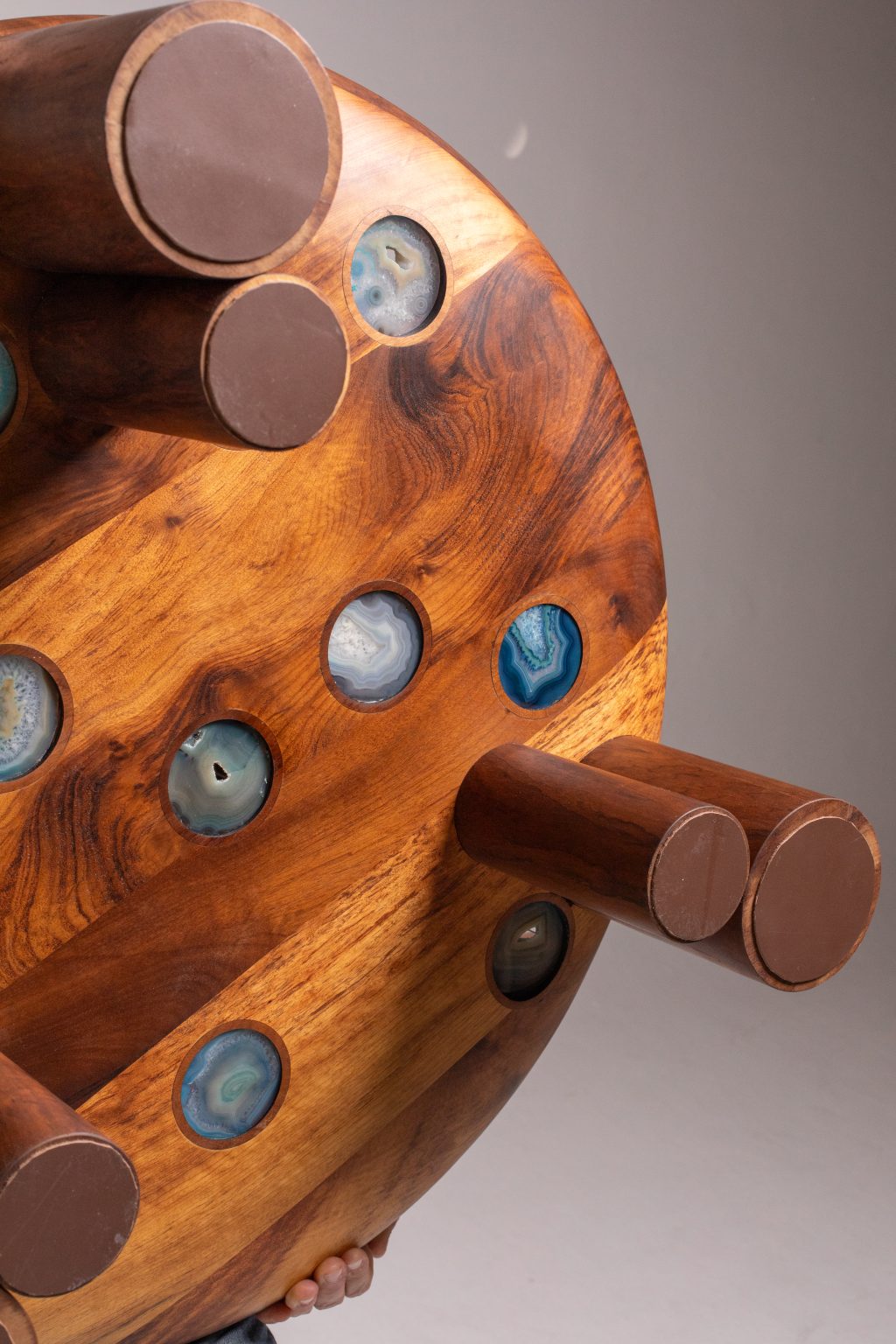





Andreas Anwander draws inspiration from the contrasting landscapes of his childhood and the dynamic energy of urban life, merging these influences into timeless yet playful furniture designs. He emphasizes the natural beauty of wood, skillfully combining traditional woodworking techniques with modern CNC technology to create unique pieces. Sustainability is a cornerstone of his practice; by exclusively using certified and reclaimed timbers, he ensures that his creations are not only durable but also environmentally responsible, returning to nature over time. In a world leaning towards the generic, Anwander champions the trend for intricate, personalized furniture that reflects individuality, treating each piece as a distinct character with its own story to tell.
“I’m excited about the trend towards bold, intricate designs that were previously dismissed due to high labor costs. Modern CNC technology now makes it possible to incorporate these detailed elements into accessible and sustainable furniture.”
– Andreas Anwander
Jonathan Bocca – Lucca, Italy


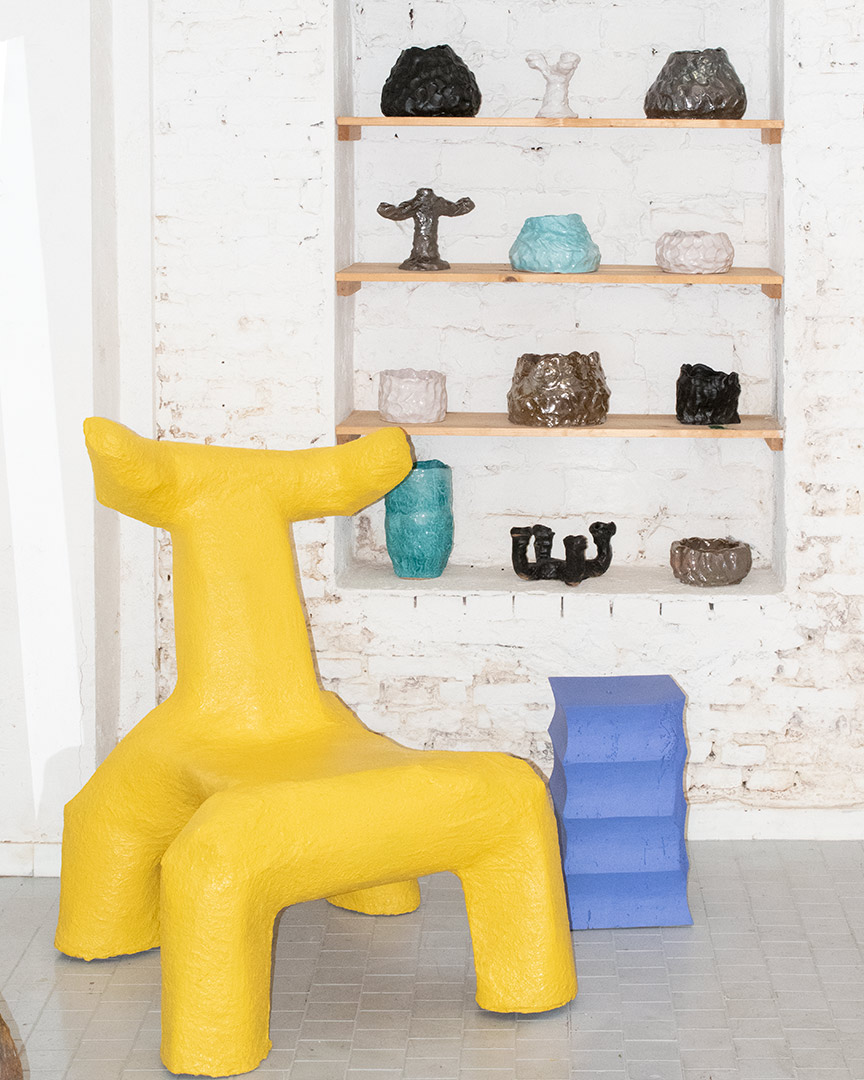

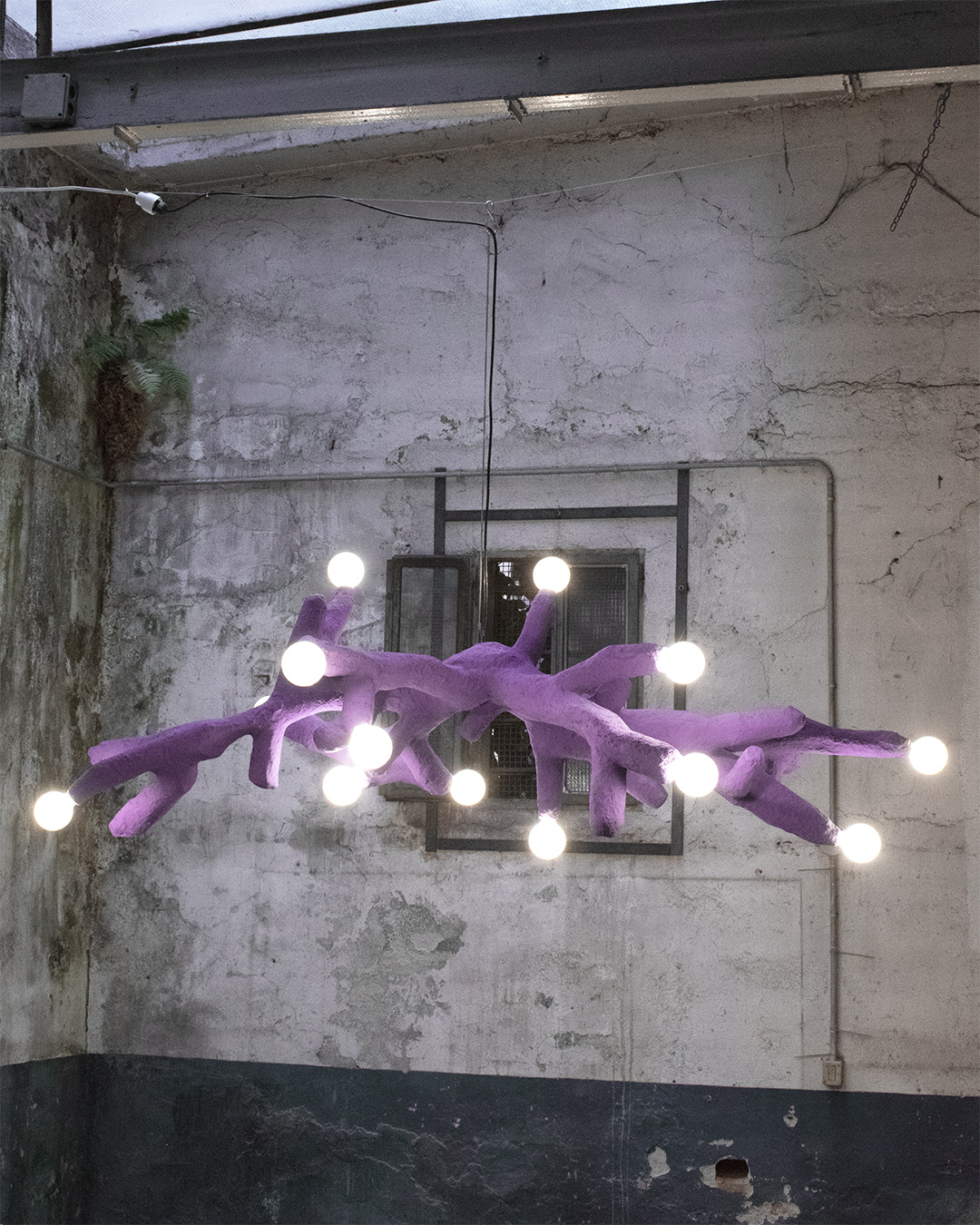

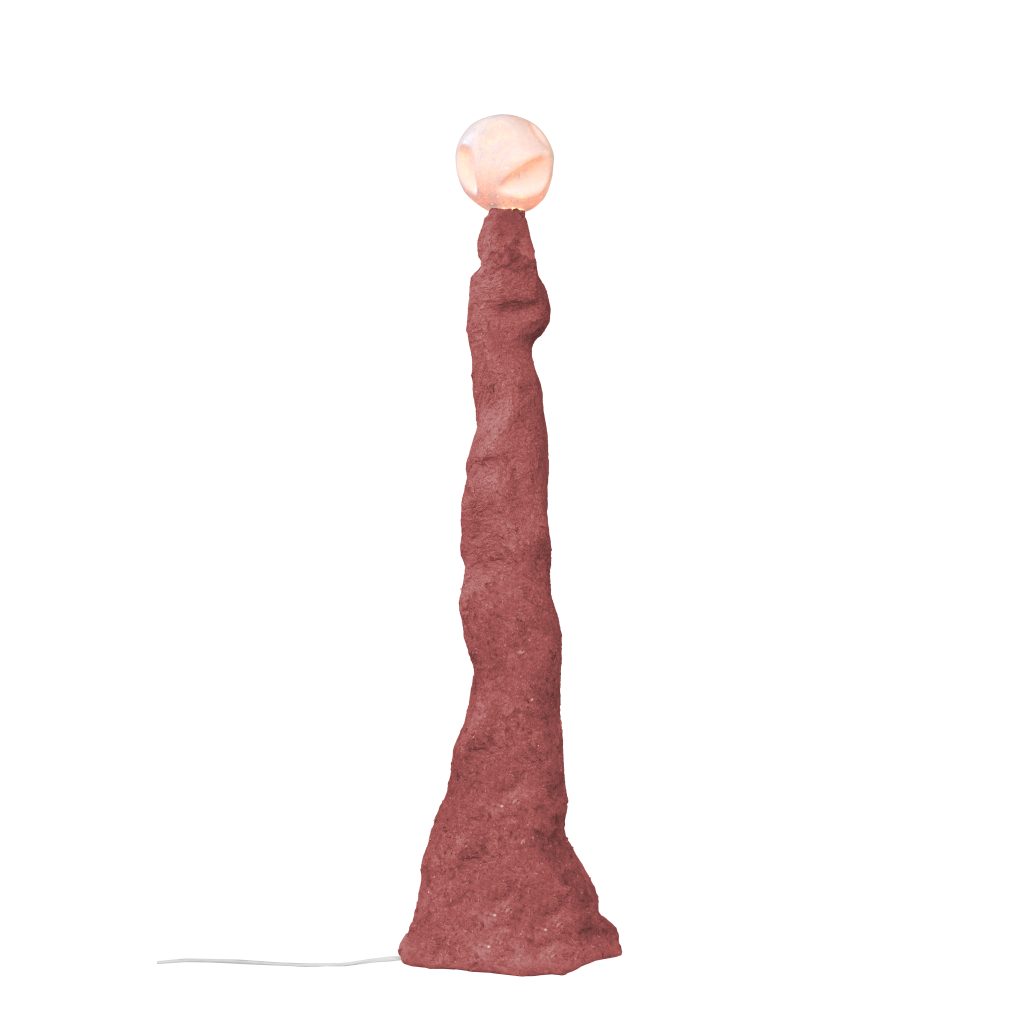

Jonathan Bocca is passionate about transforming non-recyclable materials into meaningful designs that breathe new life into discarded elements, particularly focusing on the rich tradition of paper production from his hometown of Lucca. He emphasizes the importance of craftsmanship over mass production, advocating for a return to artisanal techniques that foster a deeper connection with the objects we bring into our lives. By highlighting traditional paper-making methods and incorporating recycled materials, Bocca aims to challenge the monotony of contemporary design and inspire a more innovative and sustainable approach, where each piece carries a unique story and soul, reflecting the designer’s attention to detail and commitment to sustainability.
“I hope that in the future, design will shift towards craftsmanship rather than mass production, where every piece we bring into our homes carries a sense of soul and uniqueness.”
– Jonathan Bocca
Maria Zakioso – London, United Kingdom
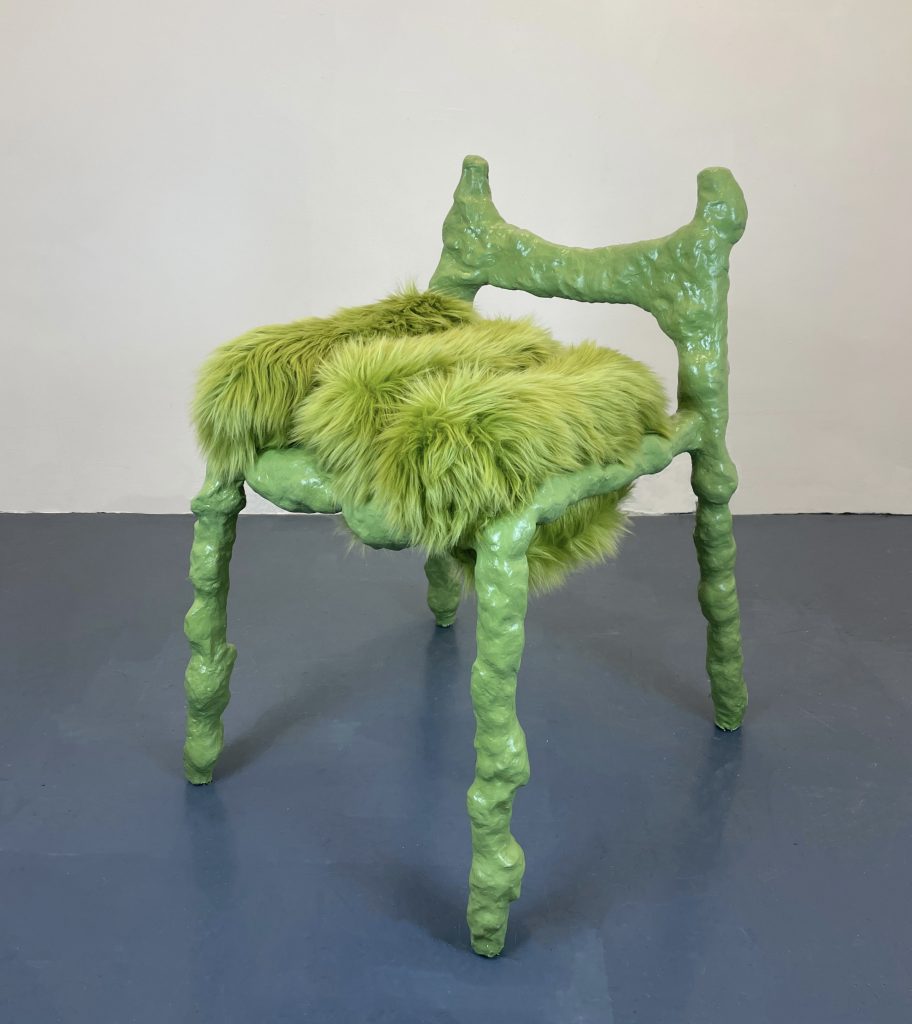

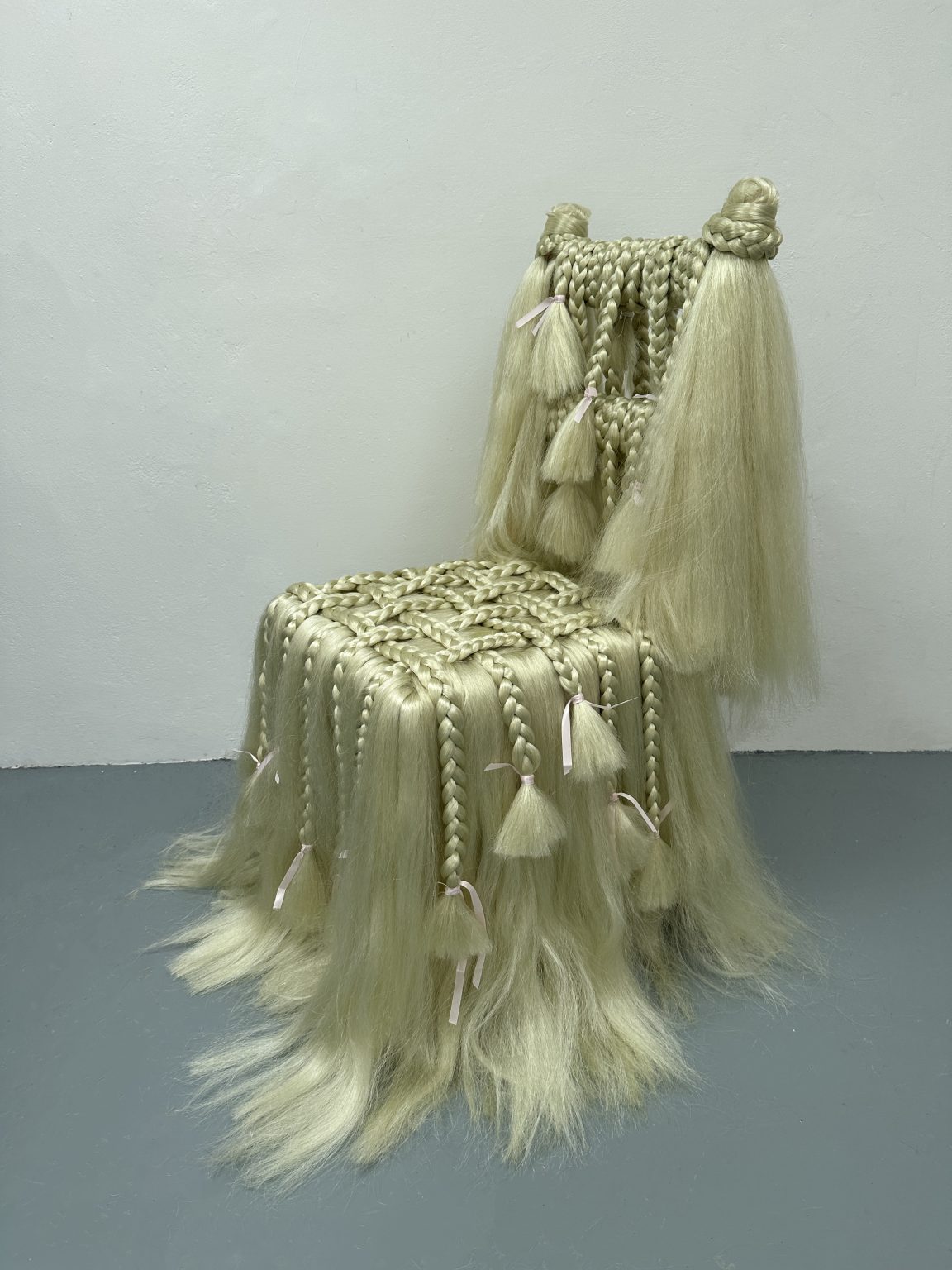

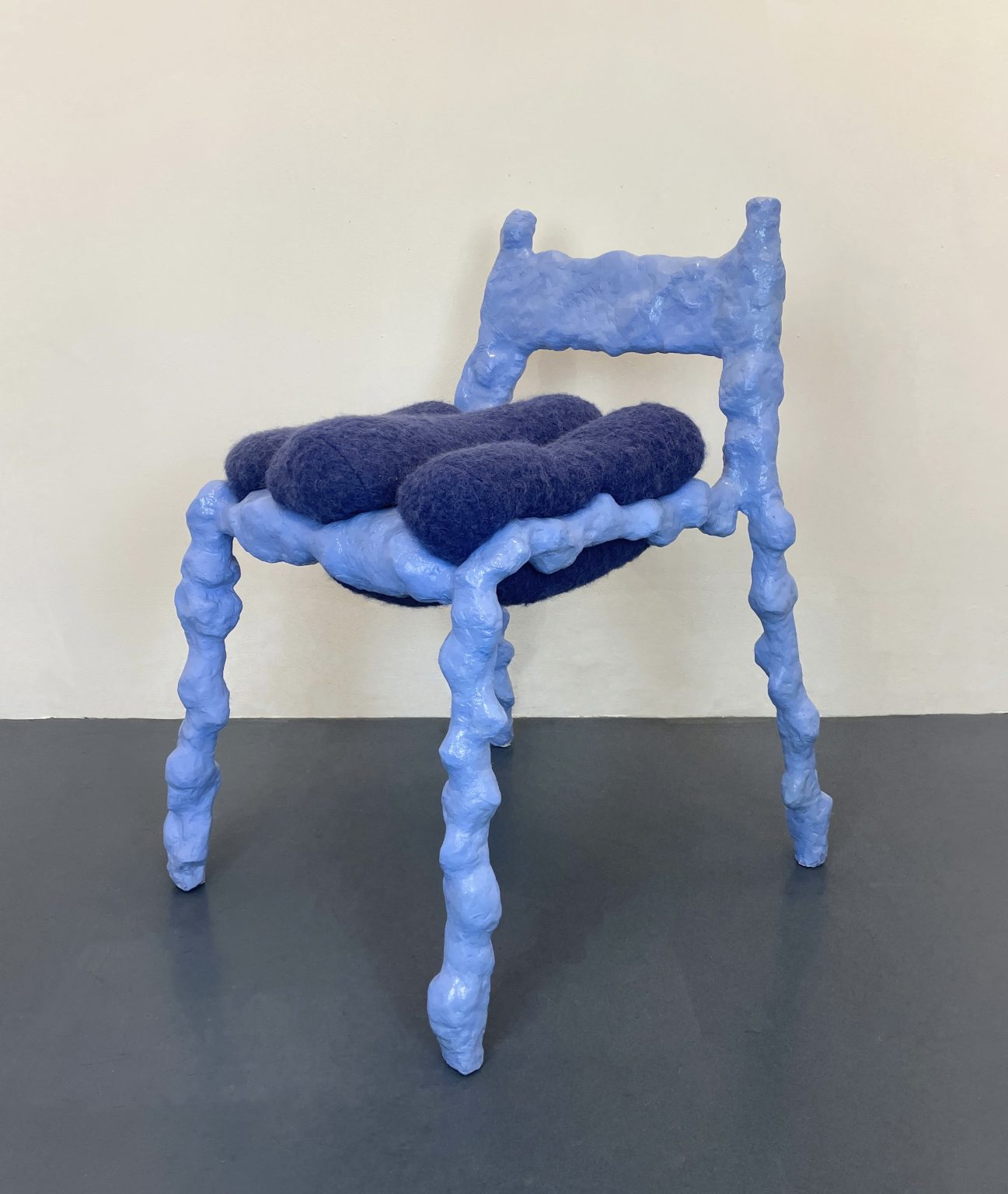



Mara Zakioso’s creative journey is a captivating exploration of imaginary spaces and the interplay of destruction and reconstruction. She thrives on the liberation found in breaking down objects and reassembling them into entirely new forms, breathing fresh identity into materials. Her practice marries synthetic and natural elements, as she playfully experiments with contrasts to uncover unexpected results. Functionality infuses her sculptural pieces, transforming everyday items—like ashtrays and chairs—into art that integrates into our daily lives. With a commitment to sustainability, Mara sources secondhand materials, giving discarded objects new life and meaning. Her work challenges conventional beauty standards and encourages us to find beauty in the mundane, constantly evolving to push the boundaries of interaction and materiality.


“My aesthetic is rooted in functionality, but with a twist—my pieces are meant to be used, interacted with, and worn down over time, carrying the marks of everyday life. I’m fascinated by objects that are both sculptural and utilitarian, like ashtrays or chairs, because I think art should live alongside us and be part of our daily routines.”
– Maria Zakioso
Luiza Caldari – Balneario Camboriu, Brazil
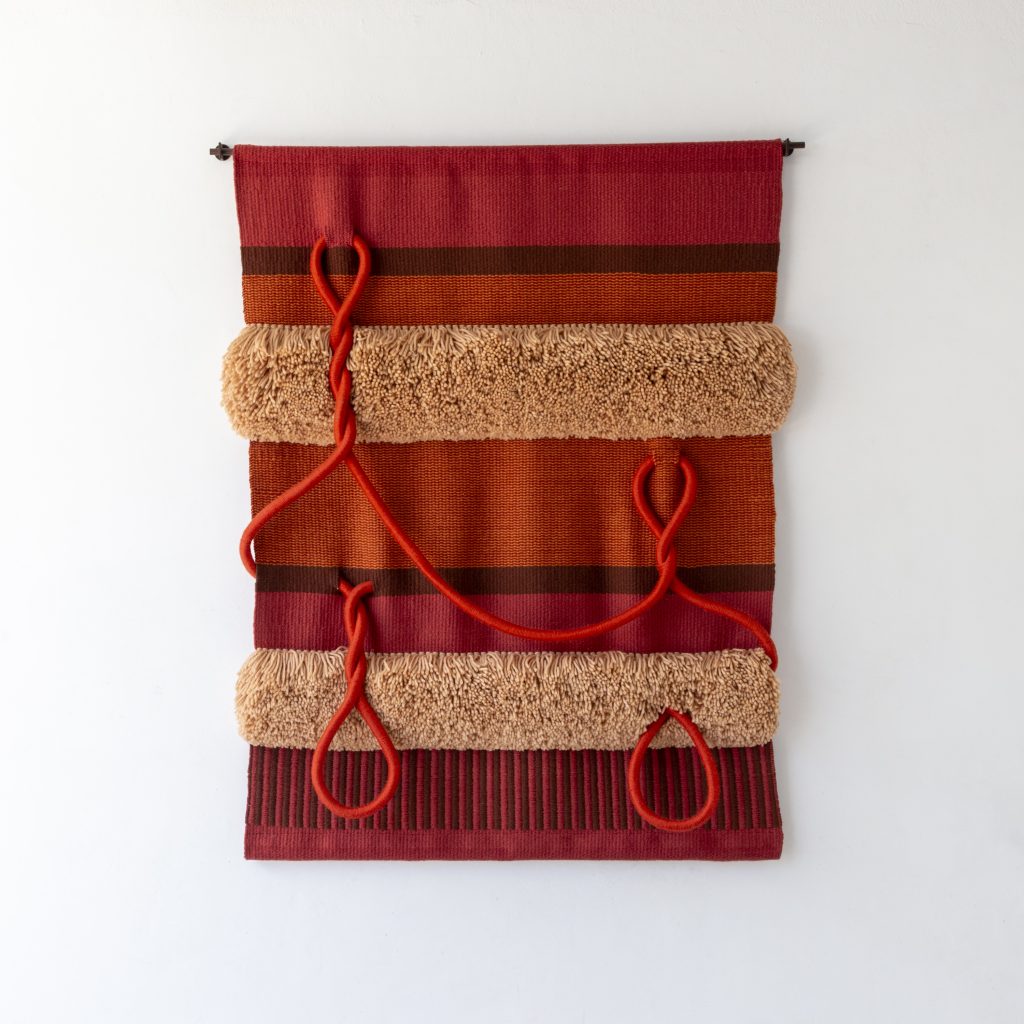



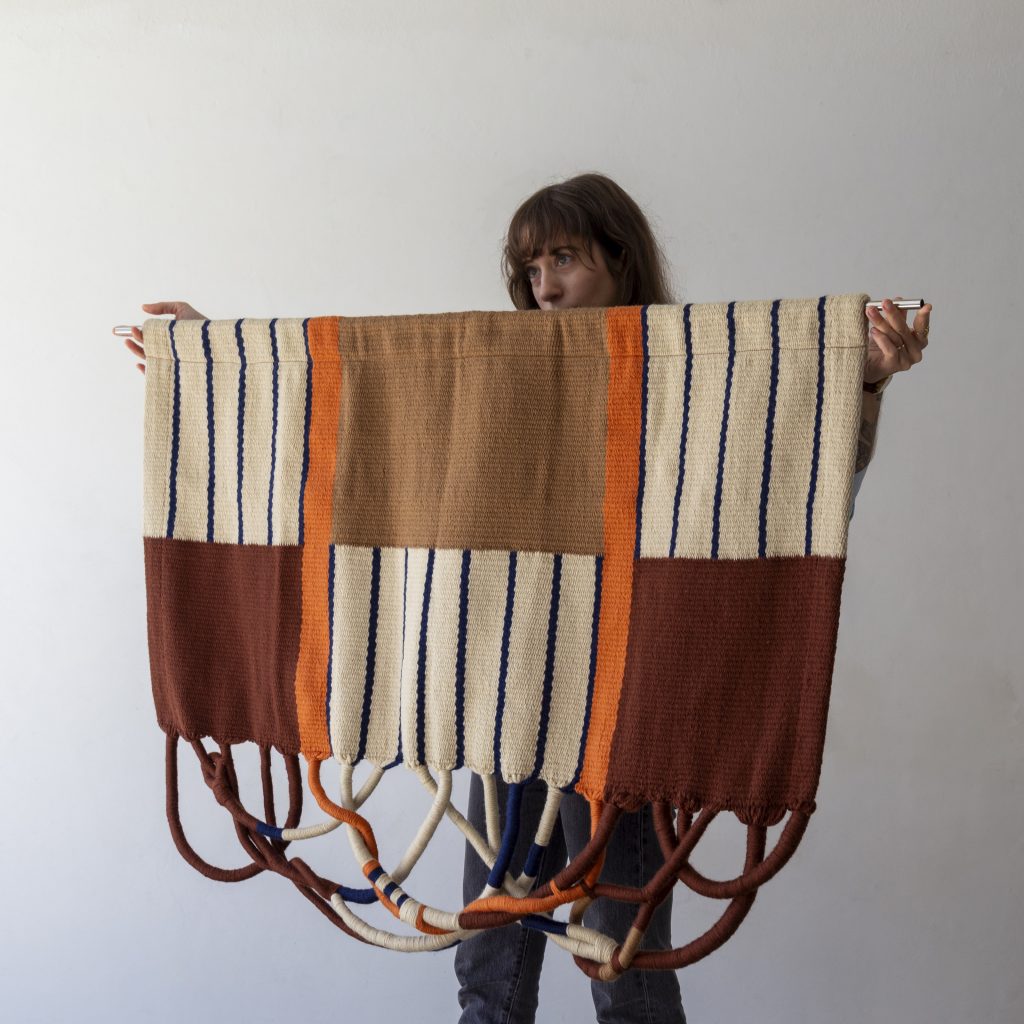

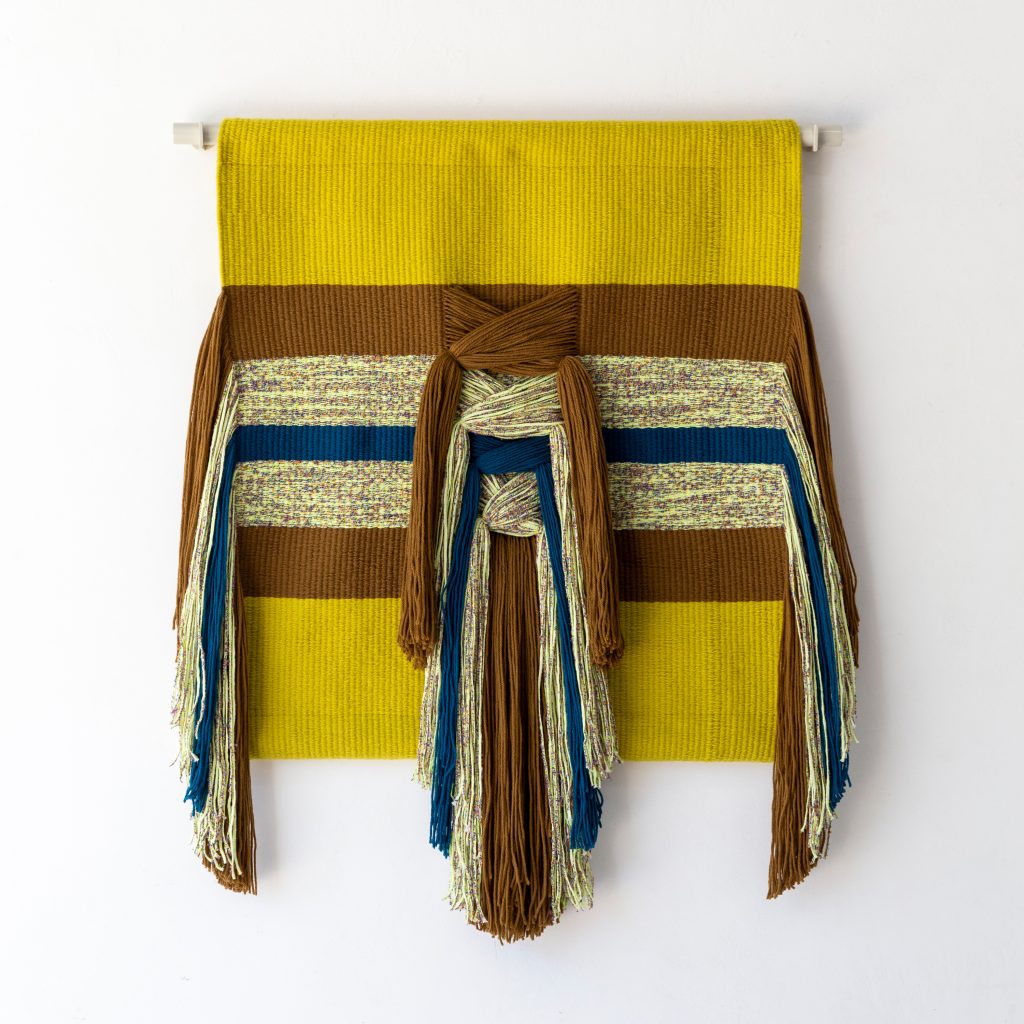

Luiza Caldari’s dedication to textile art is deeply intertwined with her passion for creation and a desire to tell stories through her work. After 14 years in fashion design, she shifted her focus to textile design, exploring the versatility of fibers and the malleable nature of textiles. Her work on the 4-shaft floor loom combines the refinement of traditional craftsmanship with a modern perspective, prioritizing longevity and meaning over mass production. Caldari emphasizes the importance of sustainability, favoring natural fibers like cotton and wool to create pieces meant to last for generations, embracing the slow and meditative process of manual weaving in a world dominated by rapid technological advancement.


“Despite the rapid advancement of technology, I notice that the power of creating by hand is gaining increasing importance in people’s everyday lives. The search for this connection seems to be a response to the excess of technology. Although I don’t dismiss technology — I believe evolution is the way forward — we don’t need to abandon the skills we have taken so long to perfect throughout our history. For me, balance should be our constant pursuit.”
– Luiza Caldari
Milan Bhullar – Washington D.C., United States








Milan Bhullar’s work delves deep into the interplay of memory and material, using craft as a means of self-discovery. Her process is rooted in themes of reflection, resilience, and transformation, creating functional objects that connect with personal and collective nostalgia. Bhullar’s exploration of materiality focuses on the use of wood bending and weaving techniques, experimenting with curves and forms to test the boundaries of material resilience. Recently, she has turned her attention to basket weaving, particularly with wood, pushing the limits of this traditionally softer, flexible craft material. As a designer, Bhullar finds grounding in the act of making, contributing to the growing community of modern-day makers with her thoughtful and process-driven approach.
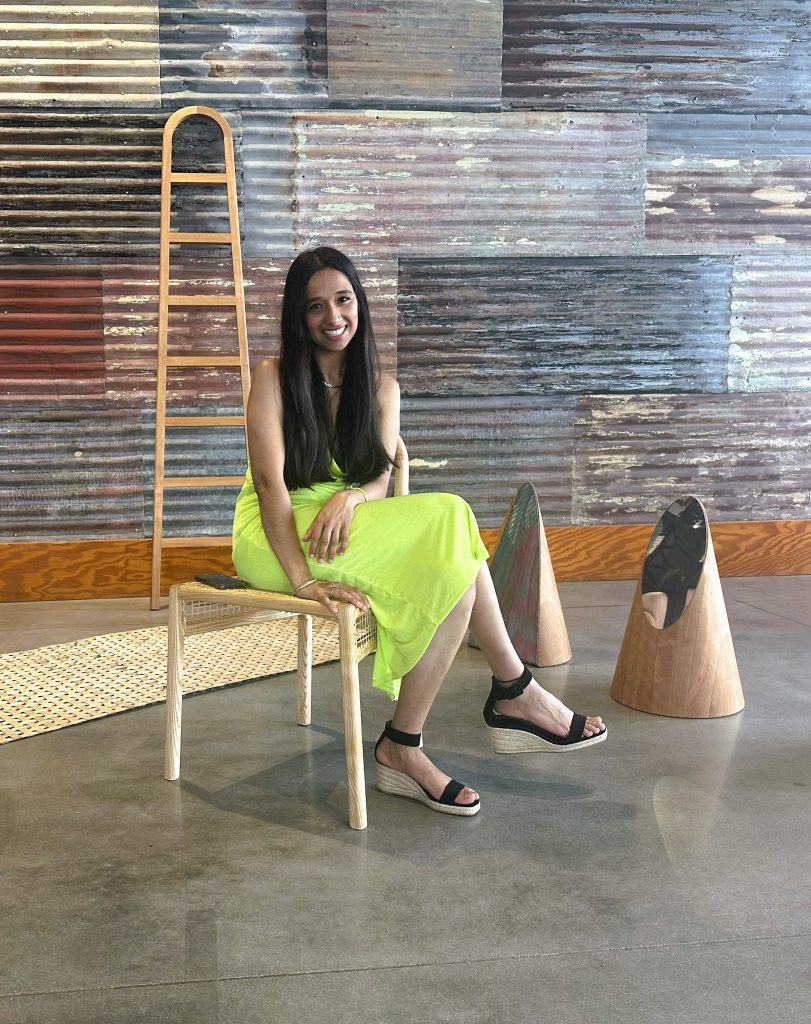

“I use my craft as a medium of self-discovery and introspection exploring themes of reflection, hyper-optimism, resilience and transformation. As a designer, I am motivated by process and materiality.”
– Milan Bhulllar
Final Thoughts
Each of these designers shares a devotion to the process of making—where ideas are not just conceived but are physically brought to life through their own hands. There’s a reverence for the material, whether it’s bending wood to defy its natural rigidity, weaving organic fibers into complex forms, or breaking apart and reconstructing objects to reshape their narrative. They don’t shy away from the labor-intensive act of creation, viewing it not as a task but as an essential dialogue between maker and medium. It’s through this tactile process, with its unpredictable moments and challenges, that they forge a deeper connection to their work.
In a time when design often feels distant from its origins, these creators return to the physicality of craft, letting the act of making itself shape their vision. Each piece is not only a reflection of their creative intent but a record of their time spent with the materials—where the process becomes just as significant as the finished form.
Discover our selection of Design by Designer-Makers
-

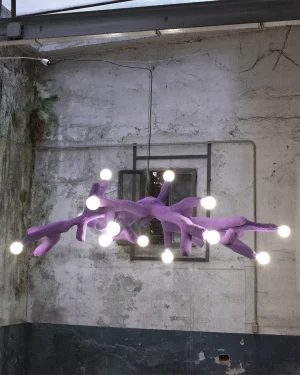 Corallo Chandelier
Corallo Chandelier -

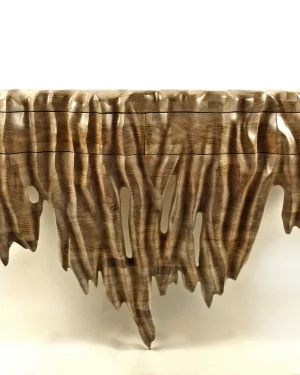 Erode Console – Cerused White Oak
Erode Console – Cerused White Oak -

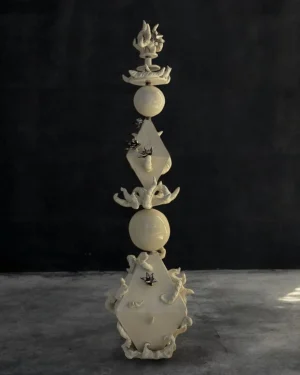 Stupa Dve – And After The Storm It All Reappeared Sculpture
Stupa Dve – And After The Storm It All Reappeared Sculpture -

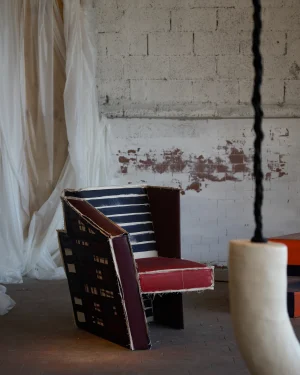 Carte Blanche – Hand Painted Armchair
Carte Blanche – Hand Painted Armchair -

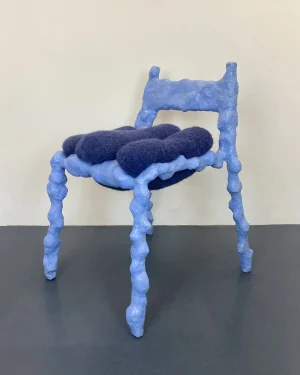 Bubblegum Chair
Bubblegum Chair -

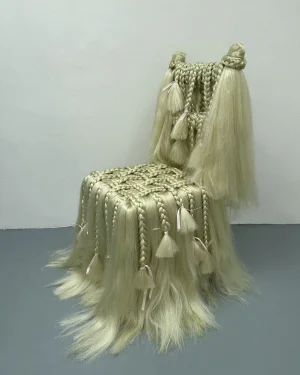 Blondie Chair
Blondie Chair -

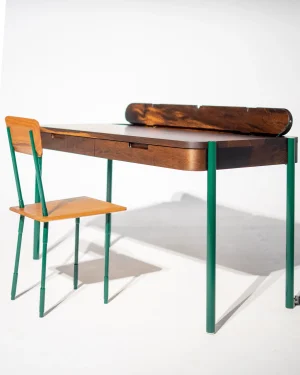 Gambito Writing Desk
Gambito Writing Desk -

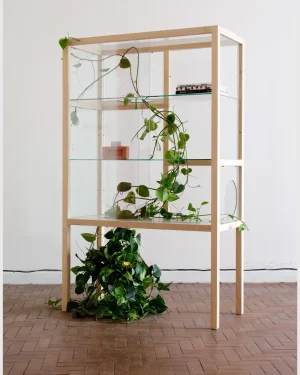 Simbiose Glass Cabinet
Simbiose Glass Cabinet -

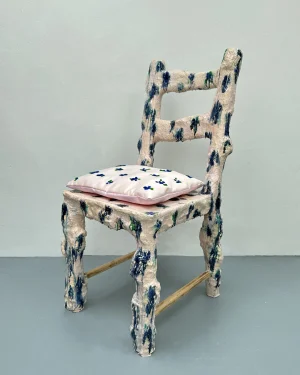 Flower Chair
Flower Chair -

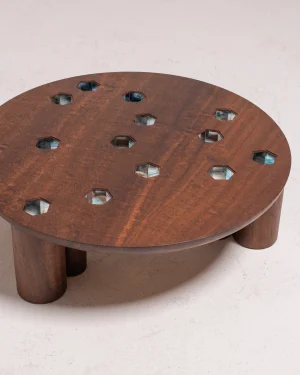 Kalaidoscope Coffee Table
Kalaidoscope Coffee Table -

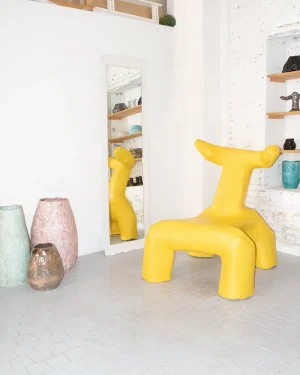 Taurus
Taurus -

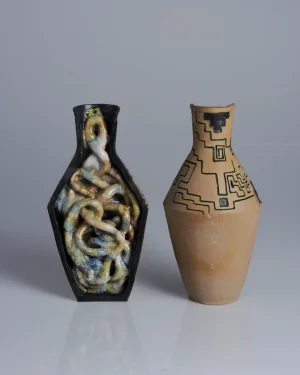 Bowels – Stoneware Collectible Sculpture
Bowels – Stoneware Collectible Sculpture -

 Giraffa Floor Lamp
Giraffa Floor Lamp -

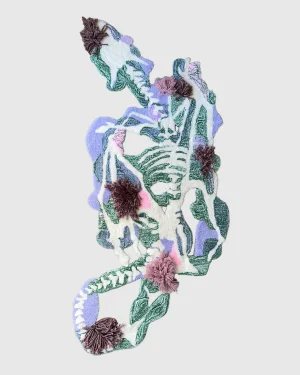 Bloossom Rug
Bloossom Rug -

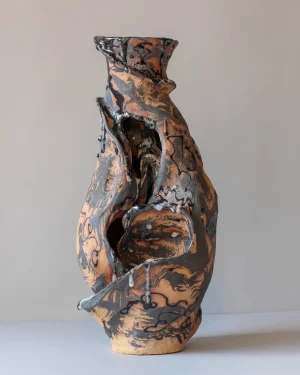 Unshell Your Heart – Stoneware Sculpture
Unshell Your Heart – Stoneware Sculpture -

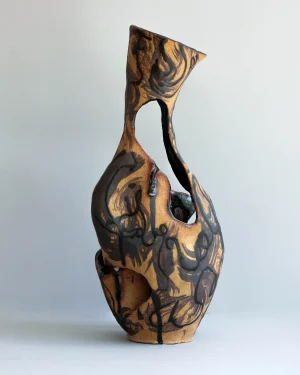 Ucayali – Stoneware Collectible Sculpture
Ucayali – Stoneware Collectible Sculpture -

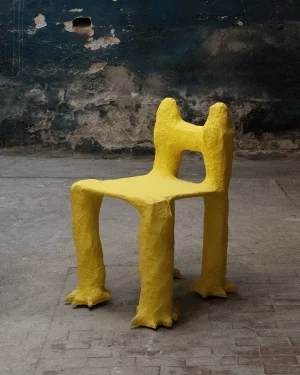 Zampa
Zampa -

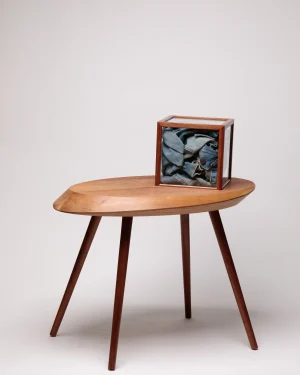 Memento Side Table
Memento Side Table -

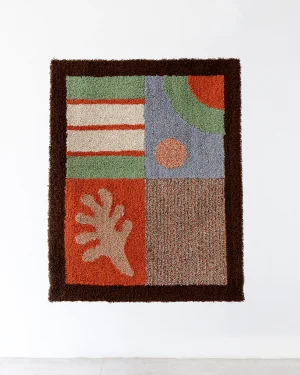 Neutral Patch Hand Tufted Tapestry
Neutral Patch Hand Tufted Tapestry -

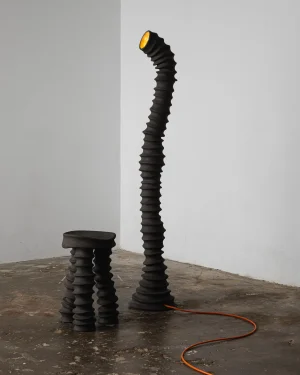 Rakis – Sculptural Neo-industrial Ceramic Floor Lamp
Rakis – Sculptural Neo-industrial Ceramic Floor Lamp -

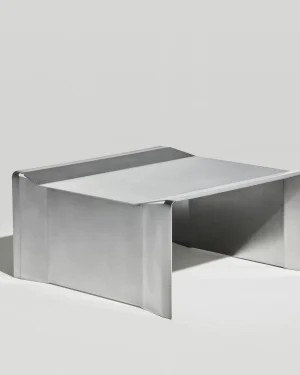 Camber – Coffee Table
Camber – Coffee Table -

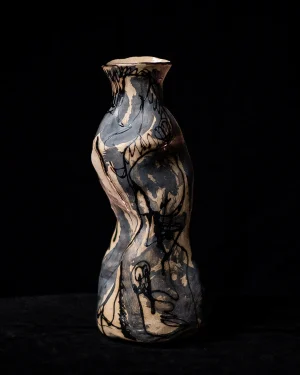 In A Marbling Dream #3 – Stoneware Sculptural Vase
In A Marbling Dream #3 – Stoneware Sculptural Vase -

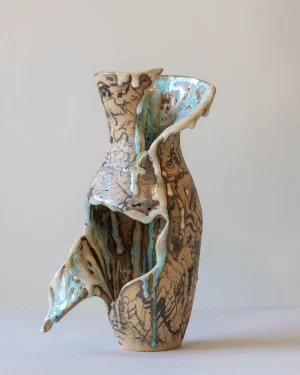 Frozen In Time – Stoneware Collectible Sculpture
Frozen In Time – Stoneware Collectible Sculpture -

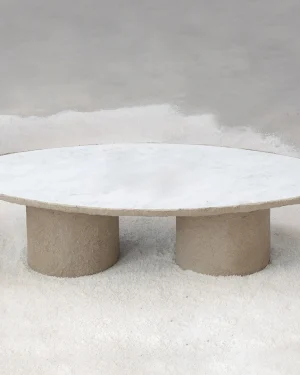 Tradizione
Tradizione -

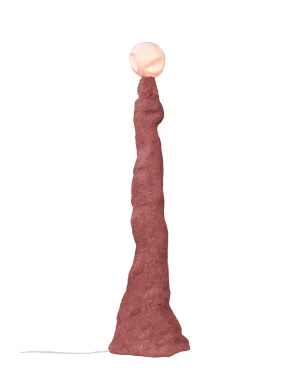 Meteora Floor Lamp
Meteora Floor Lamp -

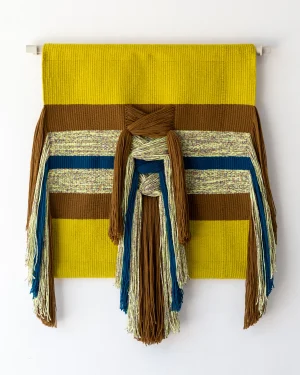 Toscana – Merino Wool Tapestry
Toscana – Merino Wool Tapestry -

 Camber – Stainless Steel Chair
Camber – Stainless Steel Chair -

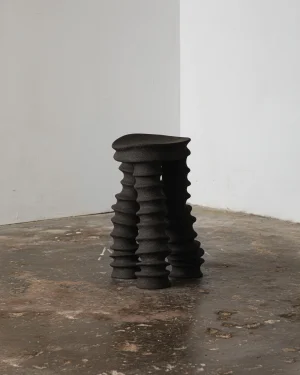 Taburet – Sculptural Ceramic Stool
Taburet – Sculptural Ceramic Stool -

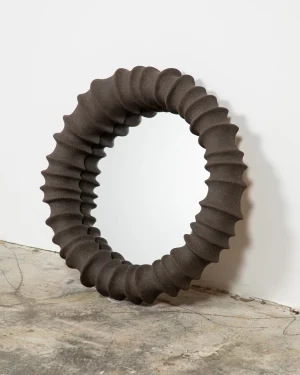 Rakis – Sculptural Neo-industrial Ceramic Wall Mirror
Rakis – Sculptural Neo-industrial Ceramic Wall Mirror -

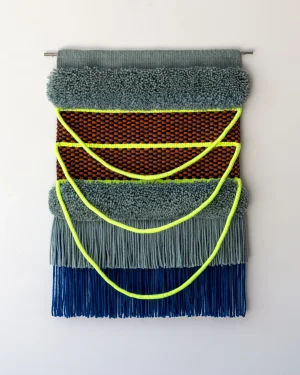 Azul Tapestry
Azul Tapestry







